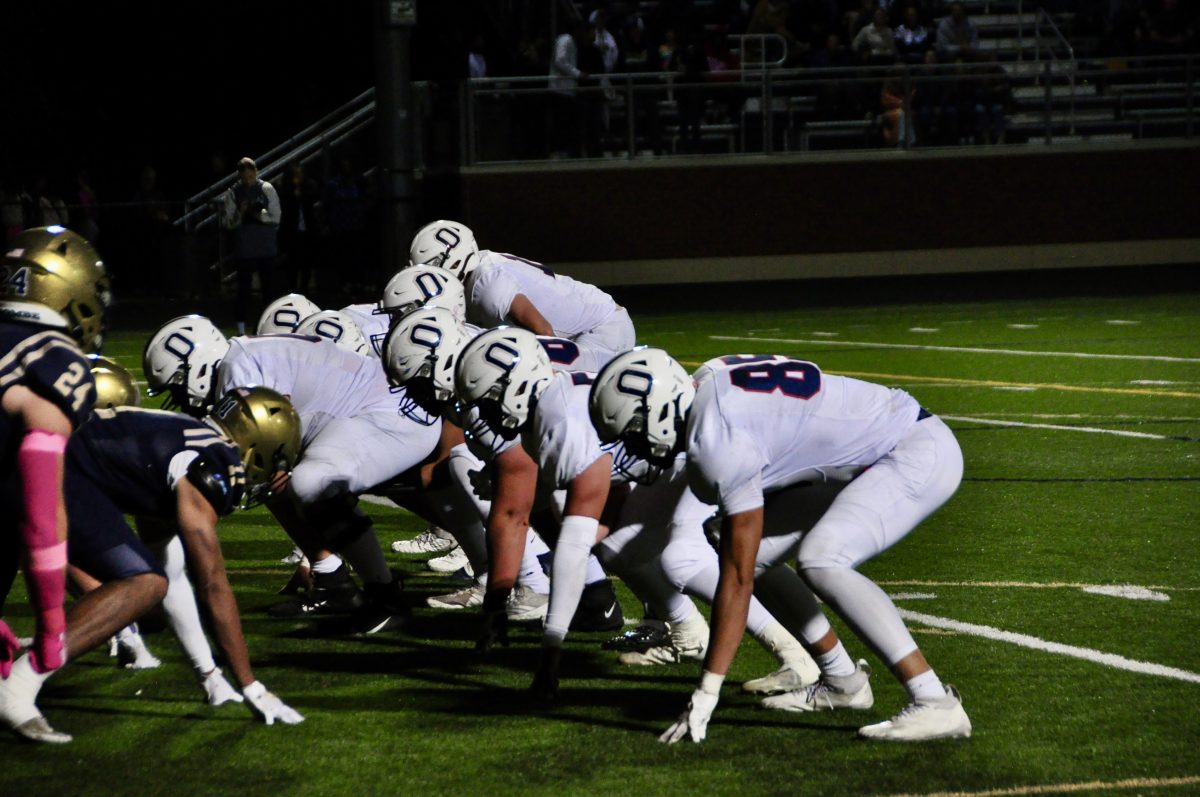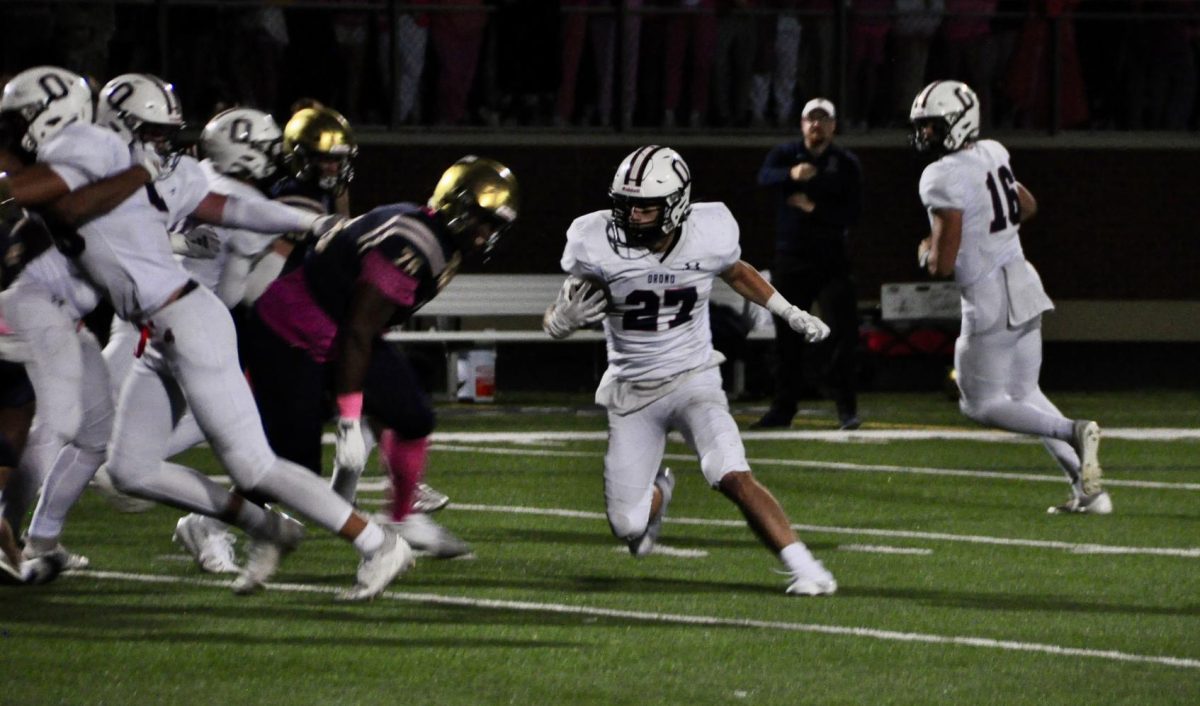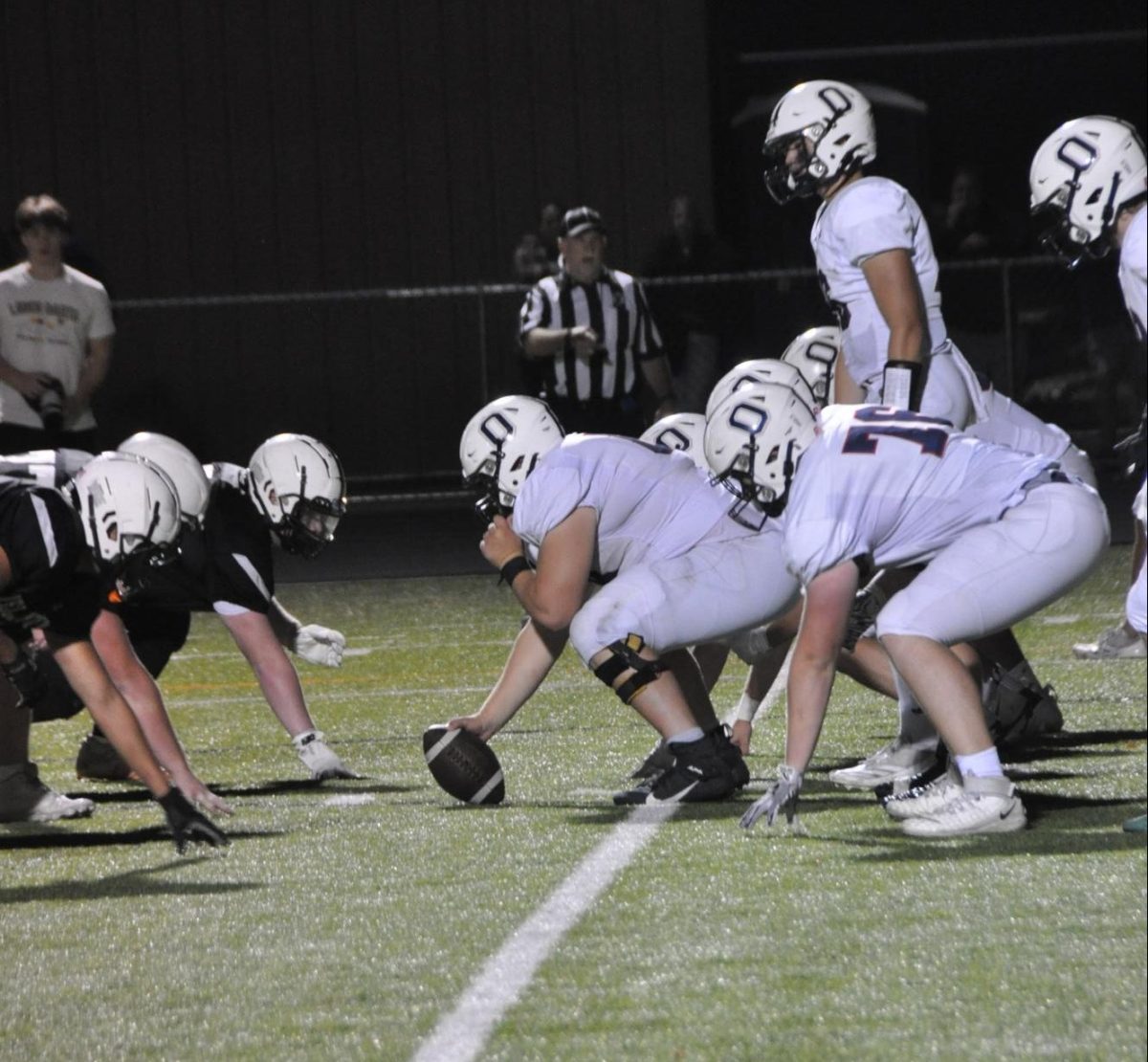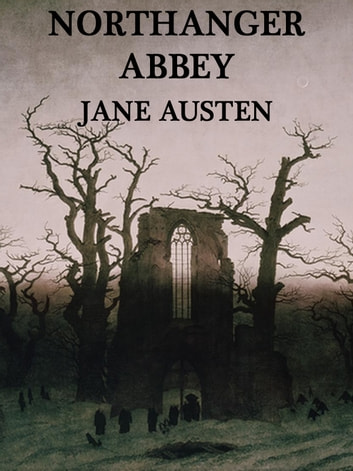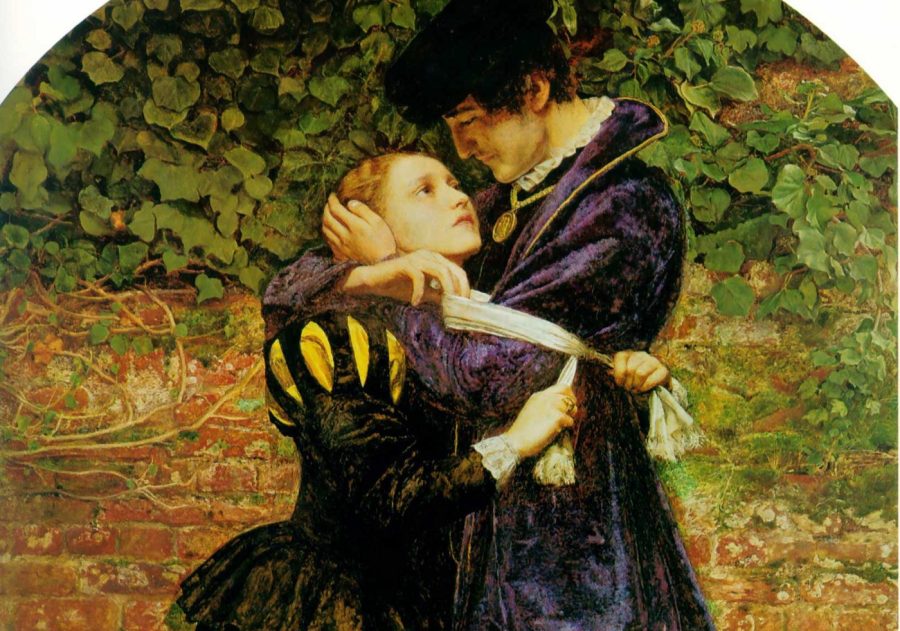The 14th of February often evokes images of love, chocolates and enough greeting cards to last a lifetime. While the traditions of Valentine’s Day seem well-ingrained into the fabric of society, they have greatly changed throughout the centuries. From the Roman Empire to the modern day, this is how Valentine’s Day has changed throughout history.
One cannot have the holiday without the eponymous St. Valentine himself, so our journey begins in the 3rd century within the Roman Empire. Around this time, there were several Christian clergymen with the name Valentine who were martyred, and it is believed the namesake either came from two priests, Valentine of Rome or Valentine of Terni, both of whom died on February 14th. While there are many legends surrounding the fact that St. Valentine helped Roman soldiers marry their forbidden lovers, according to the Smithsonian Institute, most of these were inventions of the Medieval Age and do not have much basis within historical records of the 3rd century.
So where did Valentine’s Day come from then?
Well, paganism, to put it bluntly.
“Luperca′lia, one of the most ancient Roman festivals, was celebrated every year in honour of Lupercus, the god of fertility… shows that it was originally a shepherd-festival… [And] the festival was held every year, on the 15th of February, in the Lupercal, where Romulus and Remus were said to have been nurtured by the she-wolf. Here the Luperci assembled on the day of the Lupercalia, and sacrificed to the god goats and young dogs… This ceremony was probably a symbolical purification of the shepherds,” John Murray, in his book “A Dictionary of Greek and Roman Antiquities,” written in 1875 said.
The author adds that afterwards the sacrificed goats’ hides were used by the participants to slap passerby as they ran through the streets of the city, and this was said to be a fertility ritual.
The Roman Empire was eventually converted to Christianity in 313 AD by order of Emperor Constantine, and the feast day of one of the martyred St. Valentines started to be celebrated around February 14th. After this, it is not really clear how the two holidays specifically merged, but by the Middle Ages, Valentine’s Day had become associated with romantic love. Geoffrey Chaucher references birds choosing their mates in his 1382 work “Parliament of Fowls,” which was meant to honor the engagement of Richard the II of England and his wife, Anne of Bohemia. Later records show that Charles VI of France threw a celebration of feasting and jousting in the name of love on the fabled day. Even Shakespeare in his famous “Hamlet” during the turn of the 17th century references the romantic connotations of the holiday in Act IV Scene 5 as a maddened Ophelia speaks in riddles.
With the rise of the Industrial Revolution and the rise of the middle class, people were able to express their love in more ways. According to Manchester Metropolitan University, over 60,000 Valentine’s Day cards were sent out across the United Kingdom in 1835, often wrapped in expensive lace and ribbons. As postage became cheaper, these greeting cards only skyrocketed in popularity, with there being over 400,000 by 1840. They often depicted scenes of children, cherubs, or angels and were decorated with hearts and flowers, which still can be seen in the modern depiction of the holiday. By the 20th century, the holiday was fully a part of the Anglosphere, and last year in 2022, according to Forbes, nearly 24 billion dollars was spent in the name of love and chocolates.
In conclusion, from the transition from a messy mixture of martyred priests and sacrificed goats to a celebration of everything sweet, Valentine’s Day has drastically changed over almost two millennia, and hopefully will not be going anywhere anytime soon!









